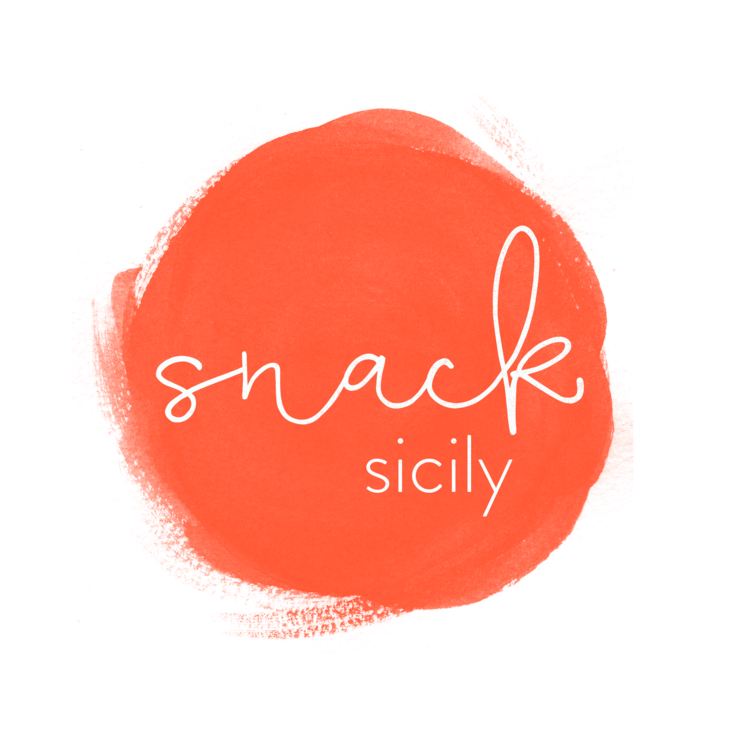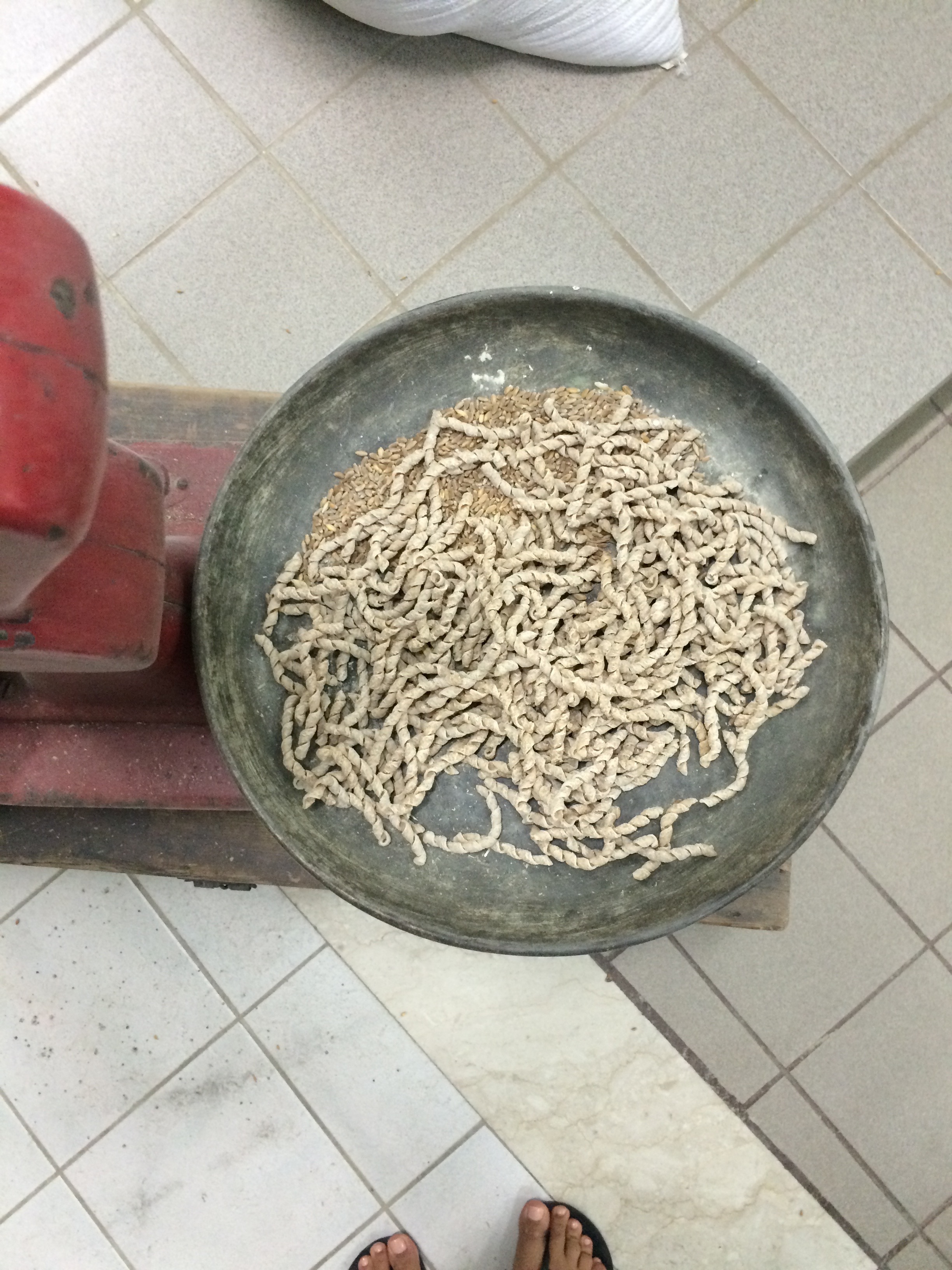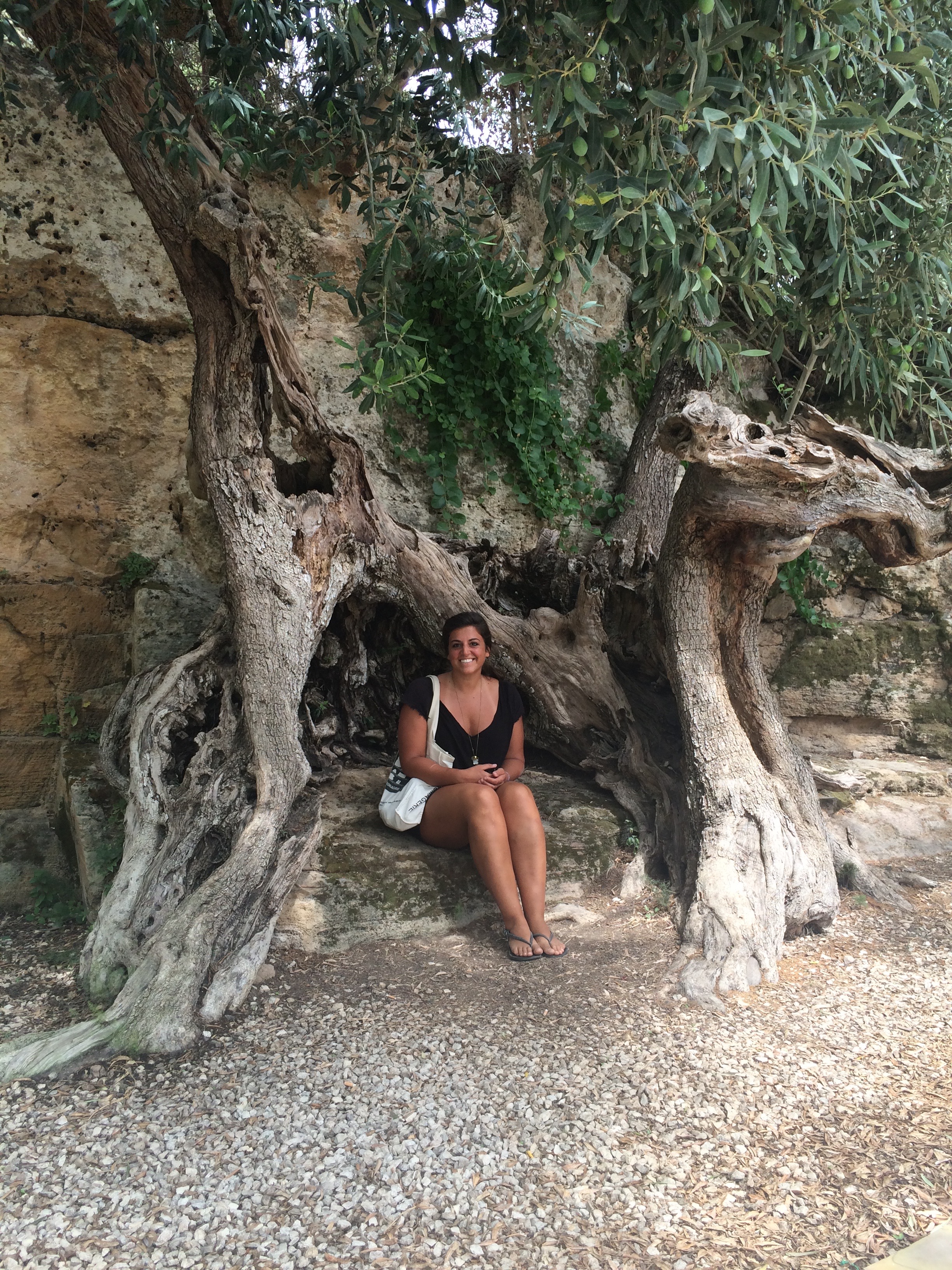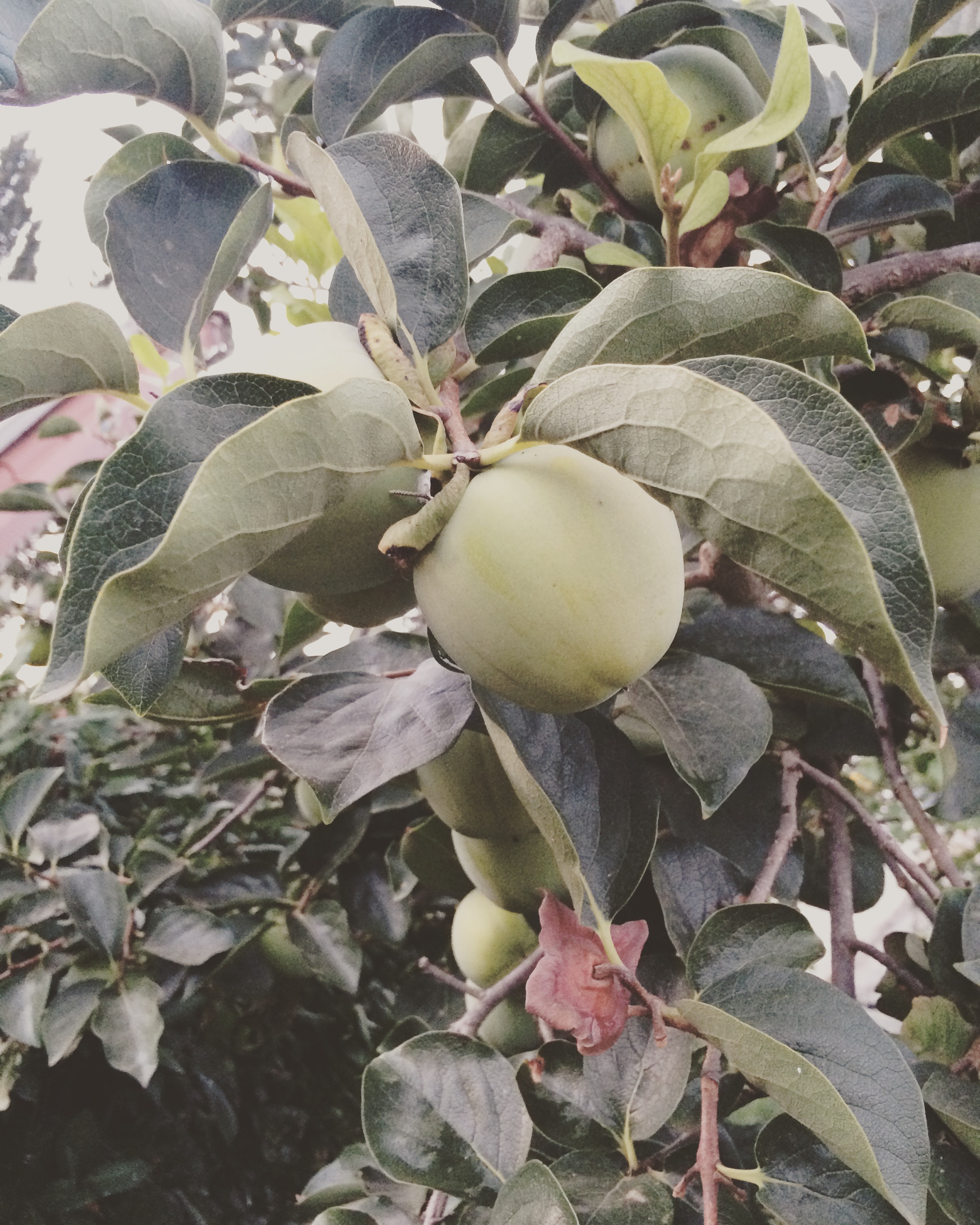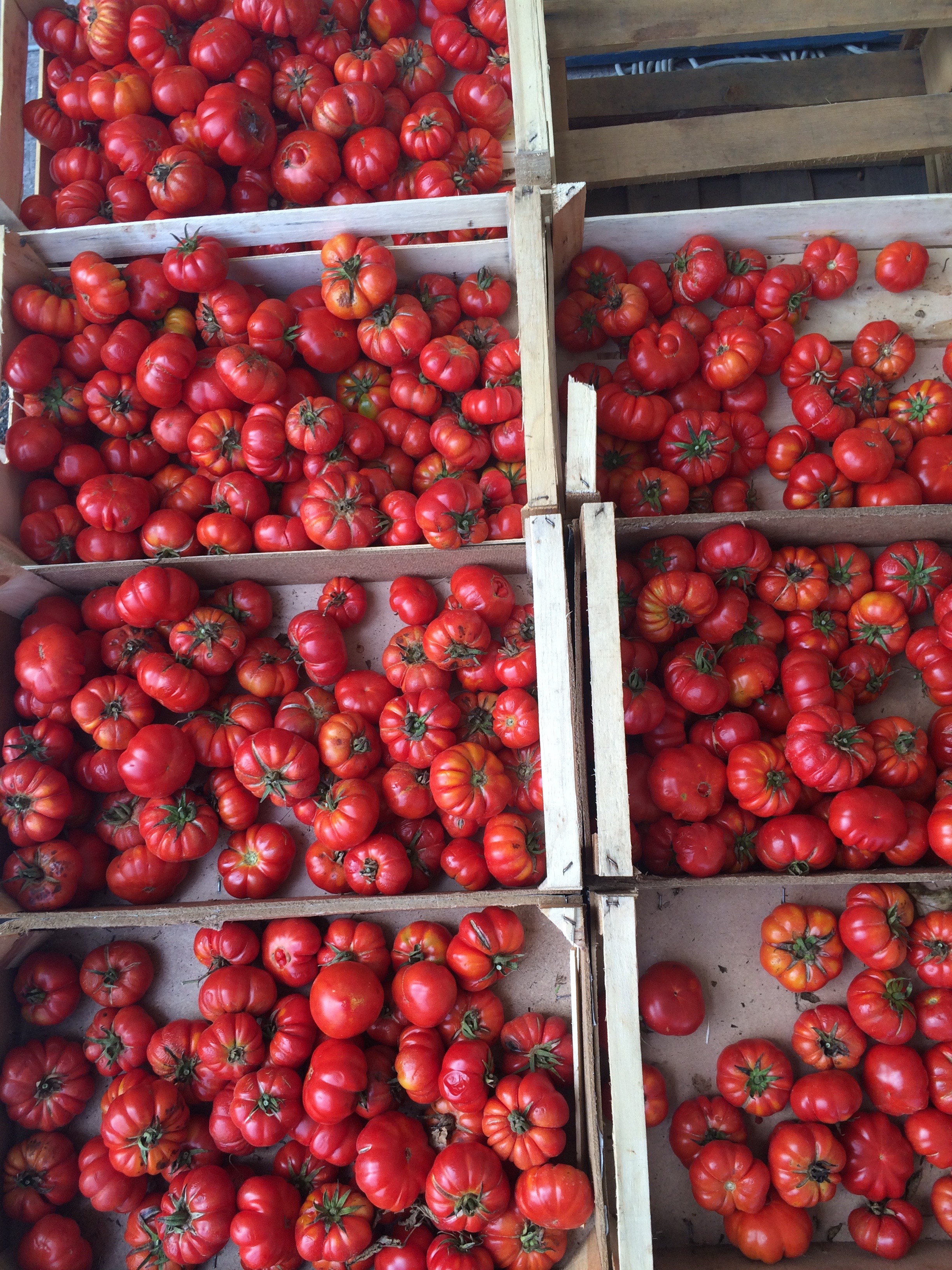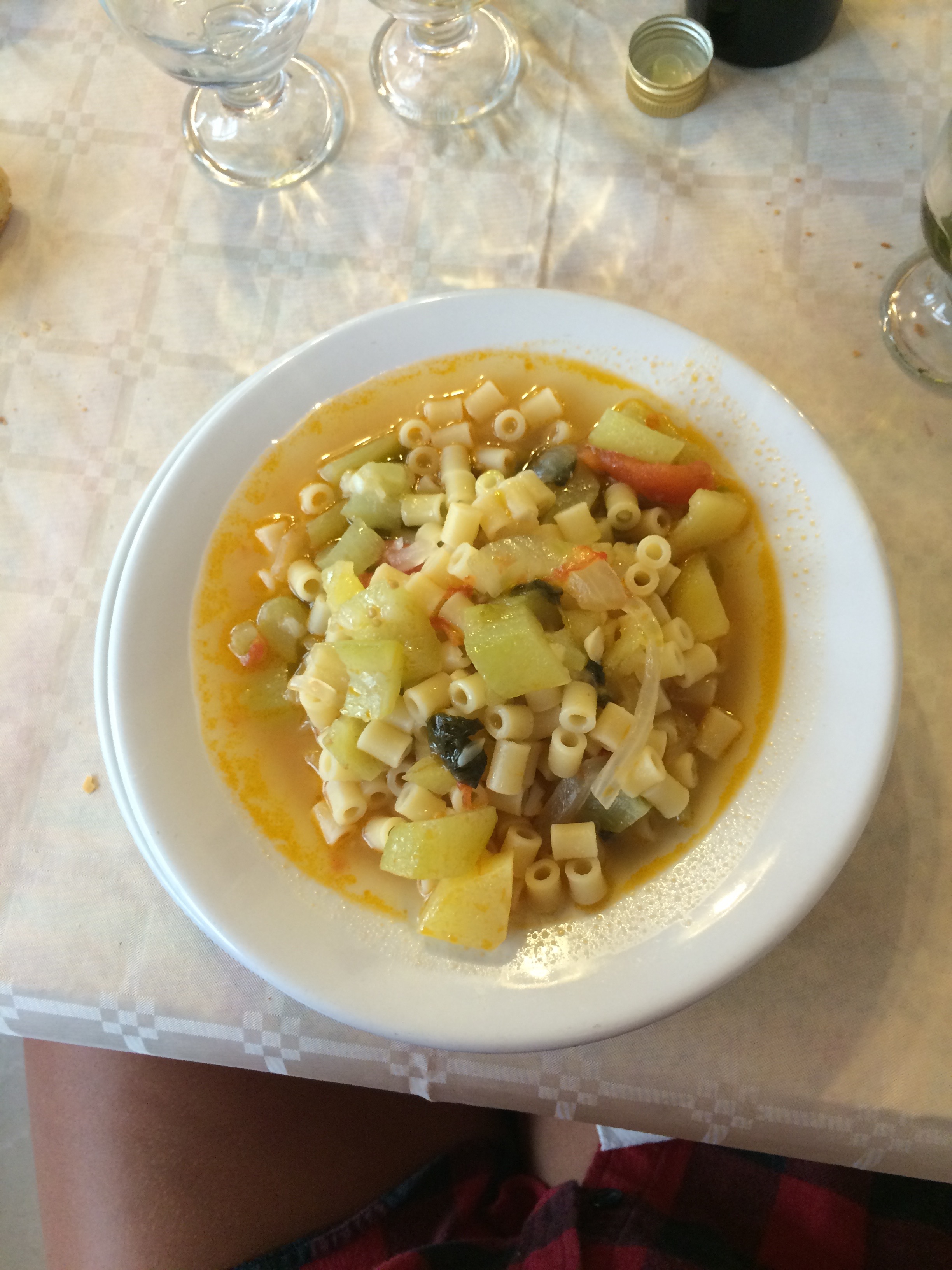In our first edition of SNACK SICILY's city guides, we give you a mini checklist to shop, snack, taste, stay, eat, and tour while visiting Castelvetrano. It's our little mix of culture, local ingredients + typical dishes.
Located in the province of Trapani, about halfway between Marsala and Sciacca, this little town is just a 20-minute drive from the coast. Known for their famous pane nero and the ancient Greek ruins of Selinunte, Castelvetrano is a nice place to spend a day or two while traveling around the west side of Sicily.
SHOP: ancient sicilian flour + dry pastas from Filippo Drago at Molini del Ponte
- Mention something about Sicilian flour and the name you'll hear immediately is Filippo Drago. For three generations, his family has been milling wheat in Castelvetrano. Filippo has passionately devoted himself to preserving and promoting the use of natural stone milling of ancient Sicilian varieties of wheat. These ancient grains are naturally high in vitamins and low in gluten which can be tolerated by people suffering from side effects of other flours. Filippo works closely with and supports farmers who can continue to grow these ancient grains like Tumminia, Russello, Bidi, Biancolilla, Perciasacchi, and Mallorca. Inside his mill, located in the center of town, you can buy flour used to make couscous or pane nero, chickpea flour for panelle, and beautiful dried pastas like Le Busiate a typical corkscrew shape from the province of Trapani. Do not miss this small but mighty shop.
SNACK: pane nero di Castelvetrano
- Pane Nero di Castelvetrano is a "black bread" made with stone-ground ancient Sicilian grains. Famous around the island, this bread is made specifically in Castelvetrano with a mix of the darker-colored tumminia flour (at least 20%) and a hard Sicilian durum wheat, plus a little salt, Nocellara del Belice extra virgin olive oil, water, and a natural yeast (lu criscenti). They are formed into round loaves called vastedda in Sicilian dialect, topped with a sprinkle of sesame seeds, then baked in wood-fired ovens stoked with dried olive branches. Slow Food has brought together producers in a consortium to protect this bread with a Presidium and give the wheat farmers, stone millers, and bakers a chance to preserve the tradition. Filippo recommends the best bread in town (now that his bakery closed it's doors) is a panificio called Termini.
TASTE: extra virgin olive oil at Case di Latomie, Azienda Agricola Antonino Centonze
- Nino Centonze's family farm is 1 of only 6 properties with the Slow Food Presidium for Italian Extra-virgin Olive Oil in Sicily. The local olive variety is the Nocellara del Belice - known internationally as gorgeous round Castelvetrano table olives with vibrant green color and a mild buttery flavor. These trees grow in the Valle del Belice in southwest Sicily where they have actually been given 2 DOP protections in Europe, one for the oil and the other for the olives. On Nino's beautiful property, with long sage-colored groves as far as you can see, the real highlight is the centuries-old trees that grow right out of the limestone quarries originally dug out by the Greek colony of Selinunte.
STAY: a Sicilian farm holiday at Agriturismo Carbona
- Just outside of town, this peaceful agriturismo has quaint rustic rooms that are just what you need when taking a few days to visit Castelvetrano. Read "Quaint" and "Rustic"... are you picking up what I'm throwing down? Agriturismo Carbona produces their own olives (I recommend you pick up a vacuum-sealed kilo or two), marmellata, and olive oil. They have a small restaurant and a beautiful olive grove and orchard to stroll through.
EAT: lunch at Trattoria da Giovanni
- In the middle of town, hit up Trattoria da Giovanni for a delicious lunch. There is no menu, just what they are making for the day. Giovanni or his son will greet you in a very casual dining room and explain what the kitchen is offering. We had caponata, olives, a vegetable soup with ditalini, homemade sausage in tomato sauce and a fried ricotta-filled cassatelle for dessert. The prices are affordable, the food is homemade and very good with carafes of local wine and a few bottles of amaro or limoncello coming around after the meal. You'll love the food, and definitely adorable Giovanni as well. Feels like you stepped into a friend's home. Check out their website for daily specials. (just kidding, Sicilian trattorias don't have fucking websites).
TOUR: explore the ruins of Selinunte Archaeological Park
- Selinunte was one of the most powerful colonies in ancient Greece, situated on a cliff overlooking the sea in what's now southwestern Sicily. Founded in the 7th century BC, the progressive colony got it's name from a wild celery plant that grew around the nearby river with the same name. Rivaling nearby Segesta in riches and power, Selinunte was unfortunately demolished by The Carthaginians in 409 BC. In just over 1 week, 16,000 people were killed, the city was burned and completely flattened to the ground. The Selinunte Archeology Park is now one of the largest ancient Greek sites in all of Europe. The seven temples are left in their rubble exactly as they collapsed and only one temple has been reconstructed in the park. Not like the Valley of the Temples in Agrigento where the temples are standing and preserved. There is a little tram in Selinunte that takes you around from temple to temple but I recommend you walk it ... after all those fried cassatelle you had for lunch.
